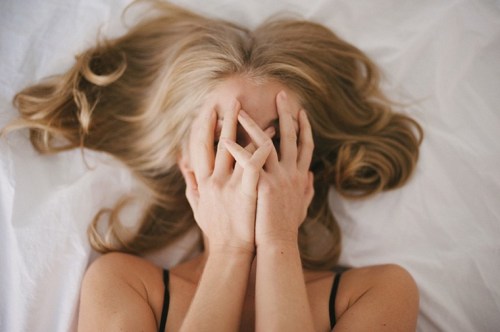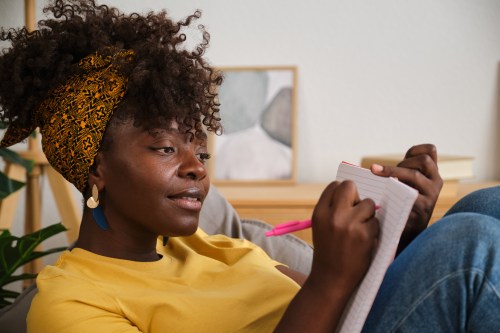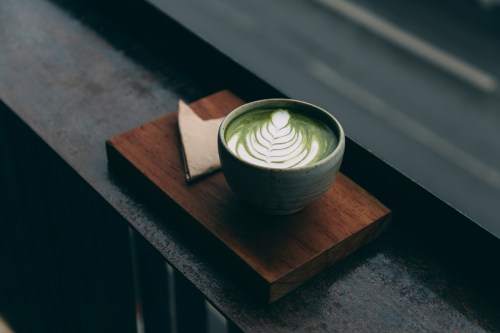Unless you are truly blessed with a flawless complexion (in which case: Who are you, and are you magic?), chances are almost every kind of pimple that exists has made an appearance on your face at least once in your life. (If you’re like me, that number’s definitely in the thousands). Just like leggings, acne comes in all shapes, colors, and sizes, from under-the-skin and oh-so-painful bumps to those pesky whiteheads you try so hard not to pop. And it’s good to know the various types so you know how best to tackle them.
Two main culprits? Your hormones and clogged pores. “When your sebaceous glands deal with an influx of hormones and extrinsic stimulation, it results in the production of more oil,” says Julie Russak, MD, a New York City dermatologist and the founder of Russak Dermatology Clinic. “You could also have a hair follicle and oil gland plugged by sebum and shedding skin cells, which leads to whiteheads and blackheads.”
“One size definitely doesn’t fit all when it comes to acne.”
Along with the issues that stem from hormones and oil, other breakouts can come from bacteria or, of course, inflammation. “An increase in the colonization of Propionibacterium acnes bacteria or inflammatory mediators can cause acne on the skin,” adds Dr. Russak.
Getting to the root cause of your acne can help you target your treatment. Can you slather on a topical, or will you need to visit a doc? “One size definitely doesn’t fit all when it comes to acne,” notes Lian Mack, MD, a NYC-based dermatologist. “My treatment regimens are carefully crafted to treat each patient’s specific lesions.”
Hey, at least all pimples are unique? (Trying to find a silver lining here.)
Keep reading for your ultimate guide to identifying and treating every kind of pimple.

Comedonal
This type of acne is small but mighty (as far as annoyance goes, anyway). Comedonal pimples are those pesky blackheads and whiteheads that spring up like minuscule mountains.
Where do they come from? “These happen when oil and dead skin cells block pores,” says Dr. Russak. “If the blocked pore stays open, it can look black, which is where the blackhead’s name come from. If it stays open, the top of the bump looks more white.” Hence its name.
This Parisian Skincare Brand Is Launching in the United States for the First Time—Here’s What a Derm Wants You to Know

We’re Calling It: Cleansing Balms Are the Face Wash of the Future—Here Are 3 to Add to Your Cart

This Is the One Product That Scarlett Johansson Always Keeps in Her Purse and on Her Bedside Table

How to deal: Firstly—do not pop. (Seriously! But if you’re going to ignore my advice, please at least pop it correctly). Dr. Russak says this can type of acne can be addressed by a facial, during which an aesthetician or derm may do a professional extraction. You could also opt for spot treatments, many of which can be found in your kitchen.
Inflammatory
As you know, inflammation can cause everything from gut issues to chronic diseases—and it can rear its (unsightly) head on your face in the form of pimples. These are typically either papules or pustules. Papules are hard-to-the-touch comedones that show up in red or pink bumps, while pustules are irritated, whitehead-looking lesions that usually contain pus.
Where do they come from? Inflammation stems from inside—namely, your diet. As Nicholas Perricone, MD, the OG of inflammation research has said, avoid skin-sabotaging triggers like processed foods, sugar, starch, glycemic spikes, and stress.
How to deal: Dr. Russak says that inflammatory acne is treated topically or with oral medications. It can take a few months to see improvement.
Nodulocystic
Nodulocystic acne is the scientific name for the painful type of pimples you typically call cysts. “This type of acne is characterized by deep, painful cysts that often leads to scarring,” says Dr. Mack.
Where do they come from? Essentially, they pop up when things get all wonky on your skin. “These happen when blocked pores get increasingly irritated,” explains Dr. Russak. “They grow bigger, go deeper into the skin, and hurt to the touch. Nodules are more hard, while cysts tend to be softer and contain pus.”
How to deal: You could get an injection, which helps diminish the size of the pimple within a few hours, says Dr. Russak. Sometimes derms will prescribe oral antibiotics. But the goal is to minimize oil production, so topicals like retinol will help, as well as regular exfoliation.
Hormonal
Along with menstruation comes the ebb and flow of hormones, which sometimes show up as hormonal acne (a fun addition to PMS—ugh). “I see a number of female patients with hormonally-driven acne in their 20s and 30s,” says Dr. Mack. “It typically occurs on the lower third of the face and presents as firm, pink bumps.”
Where do they come from? Some women just can’t process hormones correctly. According to hormone whisperer Alisa Vitti, a buildup of estrogen and testosterone can accumulate in your system. When the surplus isn’t able to be properly eliminated, it can trigger a breakout.
How to deal: Dr. Mack explains that this acne type can be treated topically or through oral medications like spironolactone (which helps block the effects of testosterone on the skin). As far as serums go, look for anything that speeds up the cellular process (antioxidants, retinol, and enzyme peels). Treating through your diet can also be effective. Vitti advises avoiding inflammatory foods, piling on the greens, and supporting healthy bacteria in your gut.
You can sip your way to better skin! Try out these 9 smoothies for a healthy glow. And when all else fails, here’s how to deal with acne scars the natural way.
Sign Up for Our Daily Newsletter
Get all the latest in wellness, trends, food, fitness, beauty, and more delivered right to your inbox.
Got it, you've been added to our email list.











